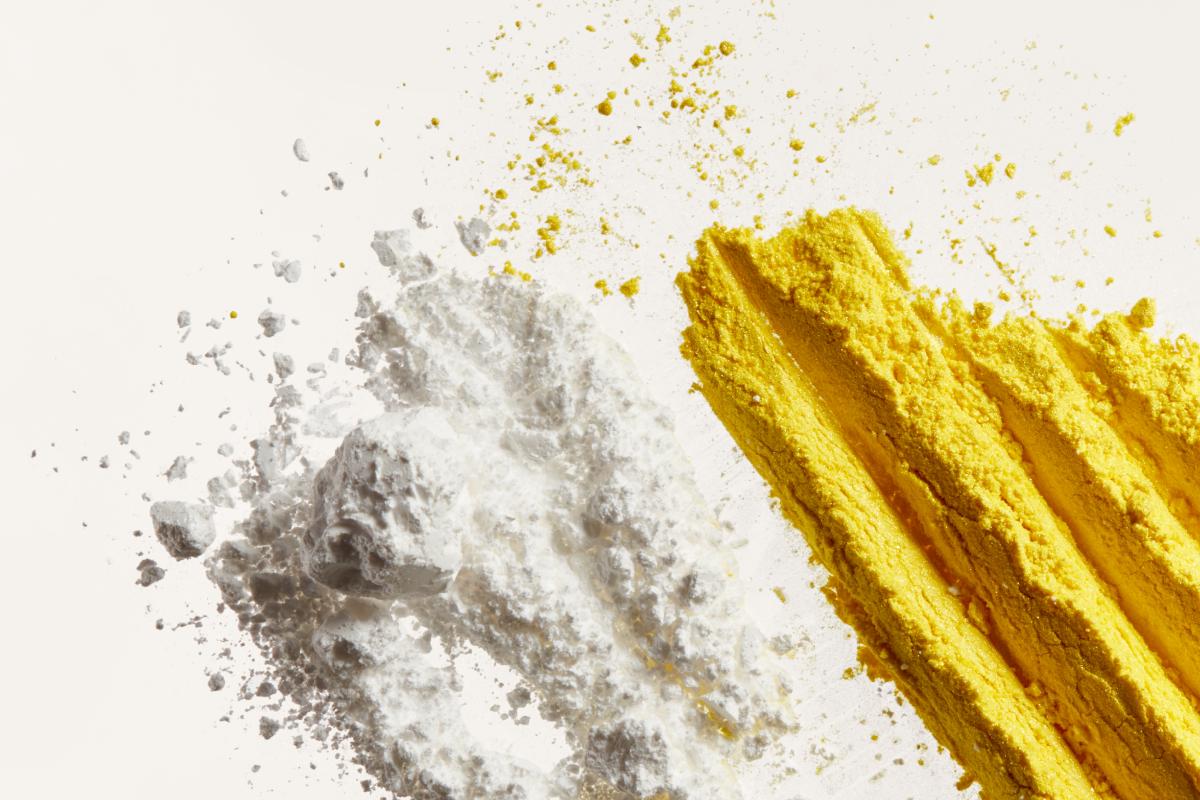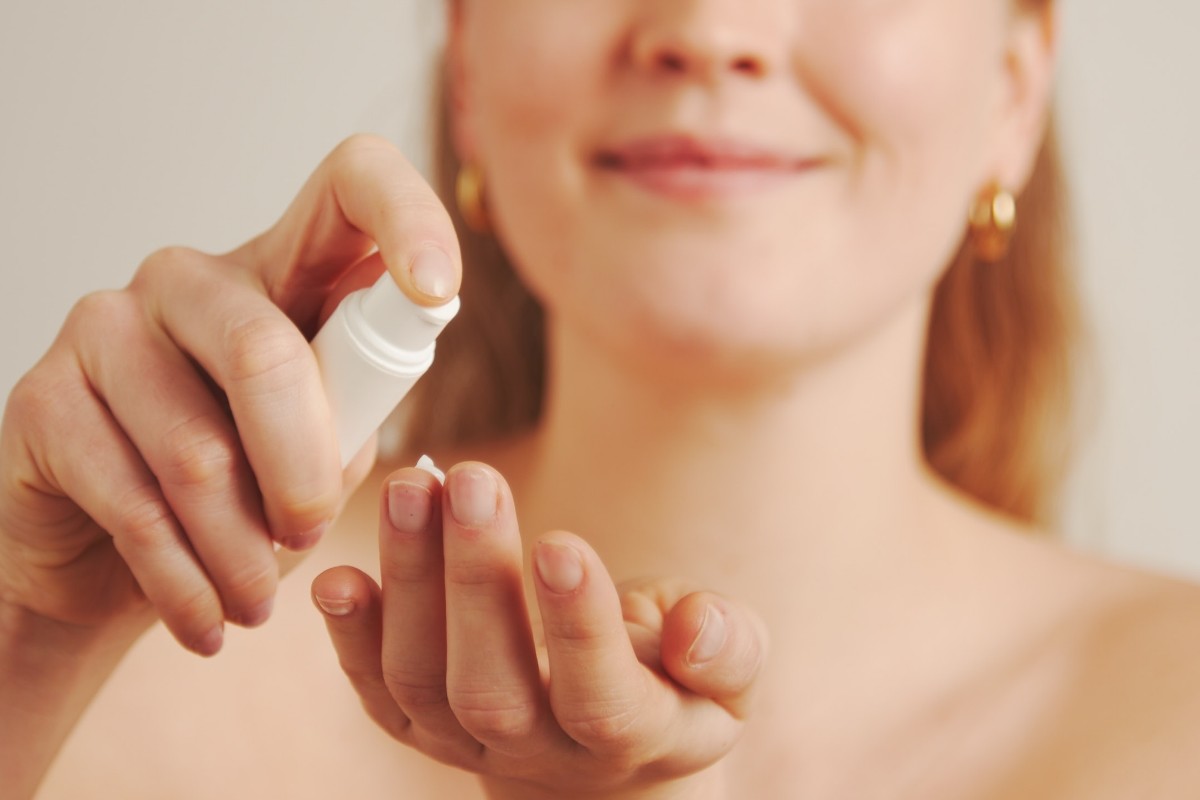Most of us have at one point faced the most common of all skincare concerns: acne. Even once the breakouts have healed, many people are left with dark-toned discoloration in their place, which is known as post-inflammatory hyperpigmentation (PIH). But did you know that there’s an ingredient that can be used to treat both acne and any leftover pigmentation?
Here’s our breakdown of the pigmentation-fading hero ingredient azelaic acid, how it works, and where you can find it.
What Is Azelaic Acid
Azelaic acid is one of the most versatile and safe topical ingredients you can use to fight acne and PIH. It’s found naturally in whole grains such as wheat, barley and rye, as well as on the skin’s surface. Azelaic acid was actually first used in skincare about 40 years ago, and many patients using it to treat hyperpigmentation noticed an improvement in their acne, too. Now, it’s prescribed by many dermatologists to treat these conditions, as well as others.
How Does It Help Reduce Acne?
First, let’s understand what causes acne. When your skin produces too much sebum, or natural oil, it can combine with dead cells to clog your pores. Add bacteria into the mix and you’ve got inflammation, which is what causes red, swollen breakouts. Azelaic acid helps combat this. As an acid, it stimulates regular shedding of dead skin cells, which helps prevent pores from clogging in the first place. It also has antimicrobial properties, which is thought to reduce the levels of acne-causing bacteria growth in the pores. Azelaic Acid also has some anti-inflammatory properties which are thought to soothe irritated skin.
How Does Azelaic Acid Work In Hyperpigmentation?
Azelaic acid fades pigmentation by blocking an enzyme in your skin that’s important for the production of melanin. When this happens, cells can’t produce as much pigment, which lightens hyperpigmentation and creates a more even skin tone. This makes azelaic acid a go-to ingredient for many dermatologists when treating skin conditions including post-inflammatory hyperpigmentation and melasma.
Does Azelaic Acid? Have Any Other Benefits
Aside from the effects it has on your skin, azelaic acid is a popular choice among dermatologists because it suits all skin types, even sensitive skin. It’s safe to use when you’re pregnant or breastfeeding. And although it can cause some dryness, itching and stinging at first, it has notably fewer common side effects than other pigment-reducing actives, like hydroquinone.
Azelaic acid also doesn’t absorb UV radiation from the sun, which means that it won’t provoke a skin reaction if you use it on a sunny day. Just don’t forget to wear sunscreen every day to limit further pigmentation and get the best results from your routine.
Why Do I Need A Prescription
The difference between ready-made and prescription azelaic acid formulas is their concentration. Although many store-bought azelaic acid products may be effective at reducing pigmentation or acne breakouts — with or without the addition of other active ingredients — they aren’t as potent as prescription-strength creams. Most clinically proven studies show that a concentration of 15–20% azelaic acid is ideal for treating acne or hyperpigmentation, and you’re less likely to find a ready-made product that powerful. So, to get the best results from an azelaic acid treatment, we’d recommend consulting a dermatology expert for a prescription formula.
Looking to start treating acne, hyperpigmentation, or another skin concern? Start a free online consultation today.
REFERENCES
Davern J, O’Donnell AT. Stigma predicts health-related quality of life impairment, psychological distress, and somatic symptoms in acne sufferers. PLoS One. 2018;13(9): e0205002.
Darji, K. Psychosocial Impact of Postinflammatory Hyperpigmentation in Patients with Acne Vulgaris. J Clin Aesthet Dermatol. 2017 May;10(5):18-23.
Abad-Casintahan, F. et al. Frequency and characteristics of acne-related post-inflammatory hyperpigmentation. J of Dermatol. 2016; 43:826-828.
Hashim, P. Efficacy and Safety of Azelaic Acid 15% Foam in the Treatment of Facial Acne Vulgaris. J Drugs Dermatol. June 2018; 17(6):641-5.
Schulte, BC, et al. Azelaic Acid: Evidence-based Update on Mechanism of Action and Clinical Application. J Drugs Dermatol. Sept 2015;14(9). 964-72.
M A Sieber 1, J K E Hegel. Azelaic acid: Properties and mode of action. Skin Pharmacol Physiol. 2014;27 Suppl 1:9-17.
Kircik LH. Efficacy and safety of azelaic acid (AzA) gel 15% in the treatment of post-inflammatory hyperpigmentation and acne: a 16-week, baseline-controlled study. J Drugs Dermatol. 2011;10(6):586-590.
Szymańska, A, et al. Efficacy of 30% azelaic acid peel in the nonpharmacological treatment of facial acne. J Dermatolog. Treat. 2019 Aug 28;1-6.
Webster, G. Combination Azelaic Acid Therapy for Acne Vulgaris. JAAD. 2000;43:S47-50.
Nazzaro-Porro, M. Azelaic Acid. JAAD. 1987:17:1033-41.
Purdy, S. and DeBerker, D. Acne Vulgaris. BMJ Clin Evid. 2011; 2011: 1714.
Mazurek, K and Pierzchala, E. Comparison of efficacy of products containing azelaic acid in melasma treatment. J. Cosm. Derm. Sept. 2016;15(3).269-282.
Dr Catriona Maybury
Dr Catriona Maybury is a Consultant Dermatologist, working as Medical Lead for Dermatica and at St George’s Hospital in London. Catriona completed her specialty training at St John’s Institute of Dermatology in London. Catriona has a special interest in medical dermatology, completing a PhD in liver fibrosis amongst psoriasis patients at King’s College London. Catriona is a certified coach and worked as Dermatology Section Editor for the British Medical Journal.
Related Posts
December 22, 2022
0 Comments17 Minutes




